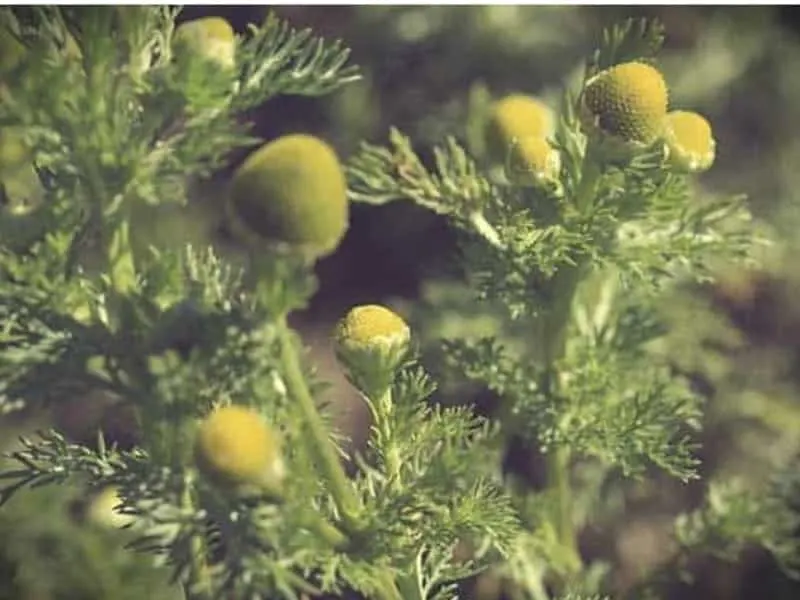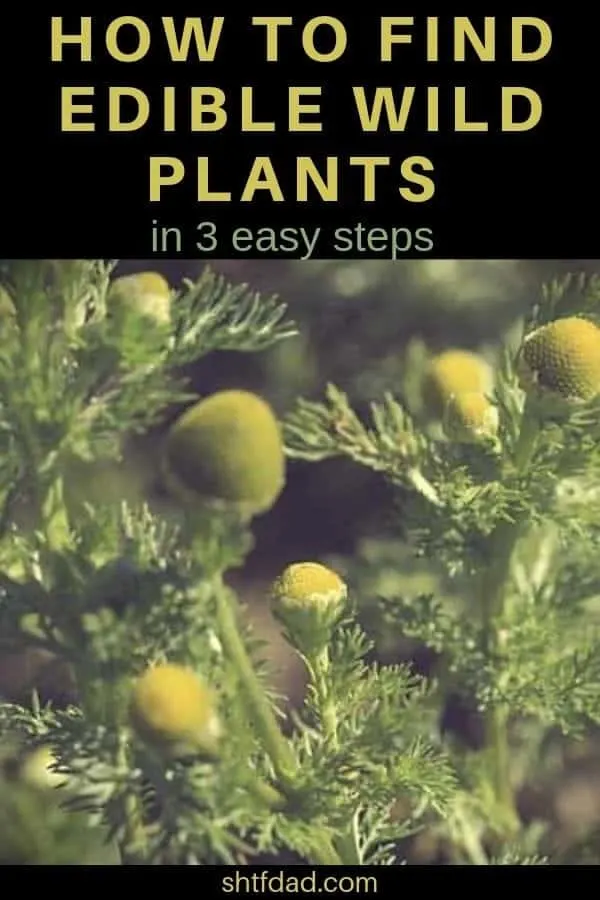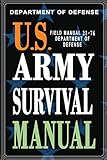SHTFDad may collect a share of sales or other compensation from the links on this page.
Knowing the steps to find edible wild plants can spell the difference between life and death in a SHTF scenario.
If you’re into survival training, camping, trekking, or just love the outdoors, this article will surely serve you well.
A Guide To Identify Edible Wild Plants

Importance of Knowing the Steps to Find Edible Wild Plants
- Elias, Thomas (Author)
- English (Publication Language)
- 288 Pages - 04/07/2009 (Publication Date) - Union...
For many people, knowing the steps to find edible wild plants doesn’t seem to be high on their list of SHTF prepping skills to learn and that is just wrong in my opinion.
Even if you’ve completed your SHTF prepping and made sure you stored lots of food, fact is, food can run out or spoil.
More so, in a real SHTF scenario: your food store can become compromised, or you may not even reach it at all. What happens if you get lost in the woods or the wilderness?
If you’re thinking that you’re familiar with local edible plants, what happens when you get stuck in an unfamiliar place halfway around the world (think Lost for instance)?
You simply need to know how to survive and food is definitely one of your top priorities after shelter and water.
More so, no matter how prepared you are, you will still need to utilize resources from your environment when SHTF, so read on and learn the 3 steps to find edible wild plants.
Universal Edibility Test
- Used Book in Good Condition
- Department of Defense (Author)
- English (Publication Language)
According to the U.S. Army Survival Manual FM 21-76, there are 3 steps to find edible wild plants.
Please take note that you should only take this test with absolute care.
Additionally, many SHTF prepping enthusiasts don’t believe that using this test is very effective. This should only be used as a guideline and only when you cannot find better sources of sustenance.
If you can hunt or eat meat or fish, it’s the safer option than testing out unfamiliar plants.
The test begins by finding a plant that is away from the road and contaminants. It should also be abundant in the area as poisonous plants tend to be avoided by animals and hence they are not as distributed as safe plants.
Also, by testing out an abundant plant, you are testing out an abundant food supply rather than risking and wasting too many hours of testing on a handful of plants only to repeat the process again later.
Make sure to:
- Pick an abundant plant.
- Don’t eat for 8 hours prior to testing out a plant.
- Test only one part of a plant at a time since most plants isolate the poison in one part of it, like the stalks or the leaves.
Step #1 – Skin Contact Test
- For the first part of the skin contact test, choose a specific part of the plant, like the leaves or stalk and crush it up. Get the pulp and the juice and rub it on the inside of your elbow or wrist. Do this for 15 minutes.
- Watch how that area will react for a full 8 hours. Remember that you are only allowed water at this time and no food to isolate any effect the plant may have on you.
- After 8 hours inspect your skin for bumps, redness, itching, pain or any reactions. If everything is fine, move to the next step.
- The next part in the skin contact test is to hold the plant for 3 full minutes to your closed lips.
- Observe for any itchiness, burning, tingling or any other reaction. If the plant produces a negative result, throw the plant part away and start with a new part. If there is no reaction and you feel fine, move on to the next step.
- Place the plant part on your tongue and wait for 15 minutes.
- Note any sensation or effect. Just like before, any itching, burning or tingling may mean that the plant can harm you so just spit it out. Make sure to rinse your mouth and begin testing another plant part.
Special Note: if the plant tastes bitter or tastes bad, it is not automatically poisonous or harmful. It is why we are looking for other sensations and not just taste to ascertain if a plant is edible or not. If you have any doubt, it is better to be safe so just spit it out and move on.
Step #2 – The Chew Test
- Once the plant has passed the first steps to find edible wild plants, you can begin the chew test. It is important not to swallow at this point.
- After chewing the plant, hold it in your mouth for 15 minutes and observe for any reaction.
- If the plant produces bad effects, spit it out and rinse your mouth.
- If things are all good after 15 minutes, you may swallow what’s in your mouth.
- Observe for effects. At any signs of ill effects like nausea, make yourself throw-up and drink lots of water.
- To fully test the plant at this stage, continue to observe for 8 hours more. Remember that you can only have water and no food while testing out plants.
Step #3 – The Bigger Bite
Yay! At this stage, there is a high chance that the plant may be safe to eat, so follow the following steps to find edible wild plants to see if you’ve indeed found a new food source.
- If the plant passes the test over the next 8 hours, and you’ve had no ill effects, eat about 1/4 cup of the plant part which you’ve tested.
- Begin by taking about a quarter of a cup of the plant part which you tested in step 1 and 2.
- Observe and wait for 8 hours, ensuring to remain hydrated but not taking any other food.
- If things are all A-okay after 8 hours, hooray! You’ve just successfully found a new edible plant!
Safety Precaution: Please note that only the part of the plant tested is safe to eat. If you want to eat other parts of the plant, just follow the 3 steps and you’ll be okay.

Resources:


